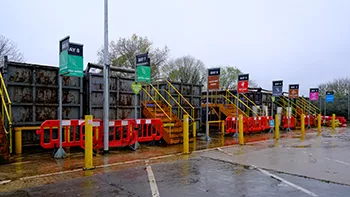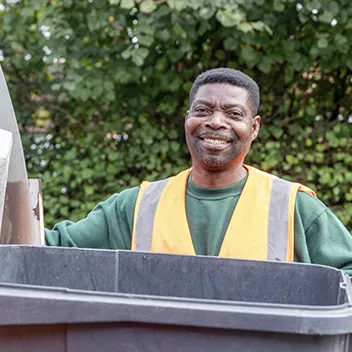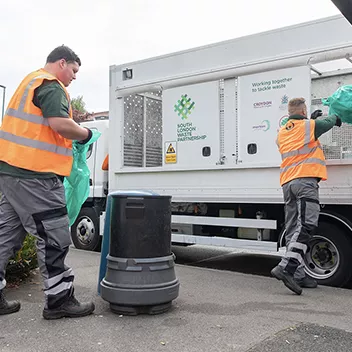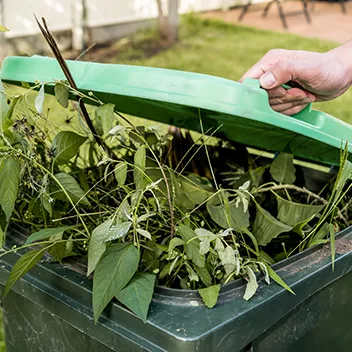
Household Reuse and Recycling Centres
You can donate items for the Community Reuse Shops at your local council-run Household Reuse and Recycling Centre (HRRC). We operate six HRRCs across the SLWP region.
We operate two Community Reuse Shops located at our Fishers Farm and Kimpton Park Way HRRCs.
The Community Reuse Shops sell goods such as electrical items, bikes, bric-a-brac and furniture. All items in the shops have been brought to one of the six Household Reuse and Recycling Centres in the SLWP region, but they are in good enough condition to be reused, rather than recycled or thrown away.
The Community Reuse Shops operate a discount scheme for residents on low incomes or suffering financial hardship. A delivery service is also available (for a small charge). All proceeds from sales going back into the operation of the shops.
The Community Reuse Shops are open to both residents and non-residents.
Donating items to the Community Reuse Shops couldn’t be easier: there are dedicated drop-off points at all six of the HRRC sites across the SLWP region. If you have something that you no longer want or need, but it’s in good enough condition to be re-used, just ask a member of the HRRC site staff team and they will direct you to the drop-off point.
Watch this short film to see how the Community Reuse Shops at Kimpton Park Way and Fishers Farm operate and how easy it is to make a donation at any of the six HRRC sites across the SLWP region.

Donating items to the Community Reuse Shops couldn’t be easier: there are dedicated drop-off points at all six of the HRRC sites across the SLWP region.

You can donate items for the Community Reuse Shops at your local council-run Household Reuse and Recycling Centre (HRRC). We operate six HRRCs across the SLWP region.
Most preferred environmental option
Reducing waste is the most preferred option. Minimising the amount of waste we produce in the first place is by far the most effective way of reducing the impact we have on the environment.
When waste is created, the waste hierarchy prioritises reuse. Where possible, reusing products and materials before it becomes waste is the next best option. By cleaning, repairing and refurbishing items, we can significantly increase the number of things we reuse.
Recycling is the most environmentally sustainable solution when it comes to disposing of waste. Recycling essentially turns our waste into new items or products, reducing the amount of raw materials required.
For waste that can’t be re-used or recycled, energy recovery is the next best option. Energy from waste is the process of incinerating non-recyclable waste to produce electricity. It helps to reduce our reliance on fossil fuels for power generation and decreases carbon emissions.
At the bottom of the waste hierarchy is the least desirable option: disposal. This is when waste is either sent to landfill or treated in an older-style incinerator that doesn’t recover energy from the process. Disposal should always be the last resort for waste.
Least preferred environmental option


